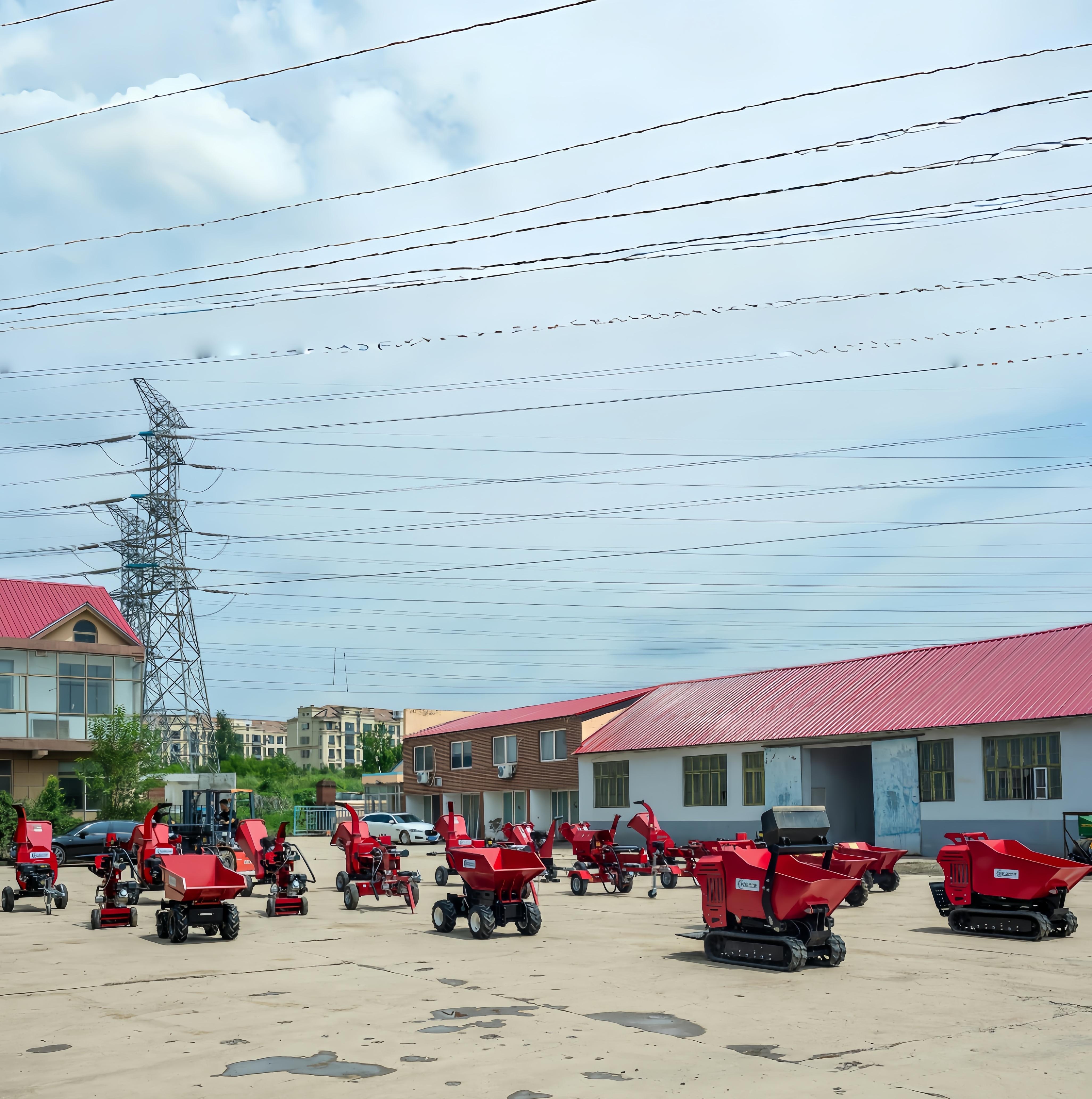
In professional forestry operations, large-scale firewood production, and wilderness land management, traditional axes or ordinary wood splitters are unable to meet the demands of high-intensity, high-complexity wood processing. The forestry log splitter is an engineering-grade solution designed to address these challenges. Its core value lies in its professional-grade hydraulic power system (typically featuring splitting force of 25-40 tons or more), which can effortlessly split hardwoods with dense knots and twisted grain patterns (such as oak, hickory, and maple). This capability is crucial in forest environments—where wood often forms irregular shapes due to natural growth or logging operations, standard equipment is prone to jamming or damage. However, the forest log splitter’s reinforced steel structure and commercial-grade sealed hydraulic cylinders can withstand the erosion of mud, gravel, and extreme temperature fluctuations, ensuring continuous operation in remote forest areas.
From an economic perspective, the forest log splitter achieves an efficiency of processing over one bundle of standard firewood (approximately 128 cubic feet) per hour through its automatic reset system and ultra-short 3-5 second cycle time, representing over a 300% increase in production capacity compared to manual splitting. For companies processing thousands of tons of wood annually, this translates to a 50% reduction in operational cycles and significant reductions in fuel and labor costs. Its towable design combined with all-terrain tires represents a revolutionary breakthrough—the equipment can be directly moved to logging sites or disaster cleanup locations for operation, eliminating the need for secondary transportation of heavy logs and saving hundreds of dollars in logistics costs per deployment. Additionally, the dual-handle safety control system and anti-splintering guard significantly reduce the risk of tendon injuries and wood splinter projections for operators, complying with OSHA safety standards and ensuring the safety of high-mobility forestry teams.
The deeper value lies in resource optimization. In sustainable forestry practices, the equipment can efficiently process curved branches and tree base tumors that are typically rejected by sawmills, reducing wood waste rates to below 5%. It also reduces reliance on professional loggers—a single machine can replace four axe-wielding workers, alleviating labor shortages in forest areas. From an environmental perspective, while the hydraulic power system consumes fuel, its carbon footprint is reduced by 40% compared to the total ecological cost of manual firewood splitting, which consumes an average of 7,000 calories (equivalent to approximately 3.5 kilograms of food resources) per day.

Copyright © Qingdao KNDMAX Machinery Co.,ltd | Privacy policy